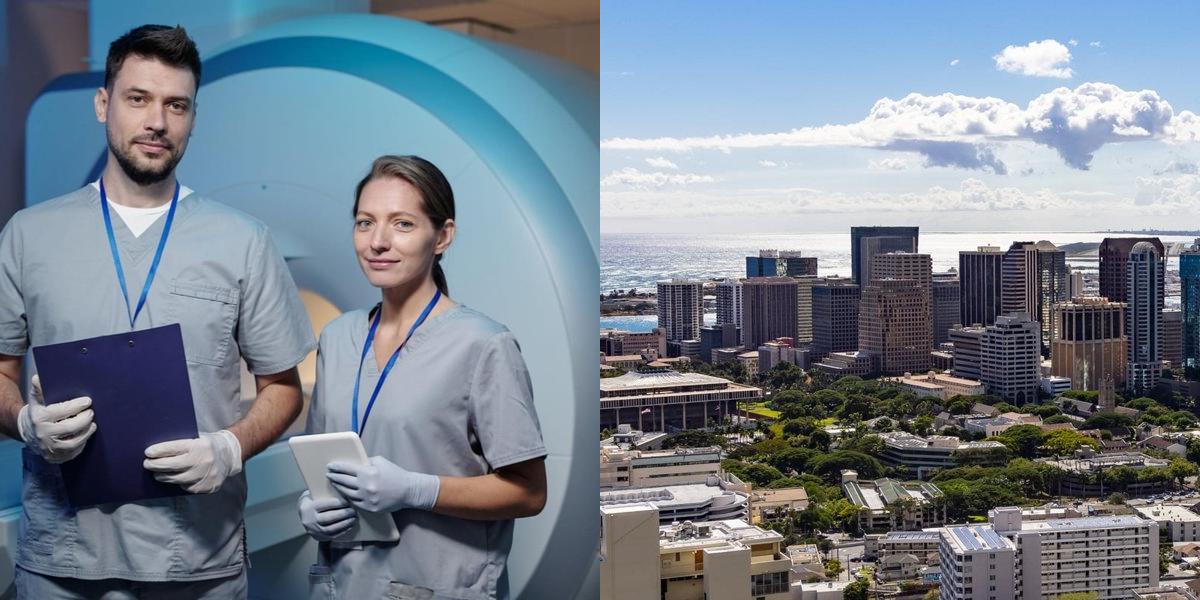How to Become a Radiology Technician in Hawaii

What is a Radiology Technician?
Radiology technicians, also known as radiographers, are healthcare professionals who use specialized imaging equipment to take diagnostic images of patients. Their responsibilities include positioning patients, operating x-ray machines, and ensuring the safety of both patients and themselves during the imaging process.
How Do I Get a Job as a Radiology Technician?
After obtaining your certification, you can start applying for radiology technician positions in healthcare facilities throughout Hawaii. It's also a good idea to network with other healthcare professionals and attend job fairs to increase your chances of finding a job.
Career Paths and Opportunities after Becoming a Radiology Technician
As a radiology technician, you can specialize in different imaging modalities, such as CT scans, MRI, or mammography. You can also pursue leadership roles, such as a chief radiologic technologist, or move into education by teaching at a radiologic technology program.
Final Thoughts
Becoming a radiology technician in Hawaii can be a rewarding career path, with opportunities for growth and specialization. By meeting the educational and licensing requirements, you can start a fulfilling career in the healthcare industry, providing essential diagnostic services to patients.
Are you thinking about a job change or wanting to learn more about different career paths? Feel free to check out these additional articles:

Athena is Co-founder and CEO of Dreambound.




